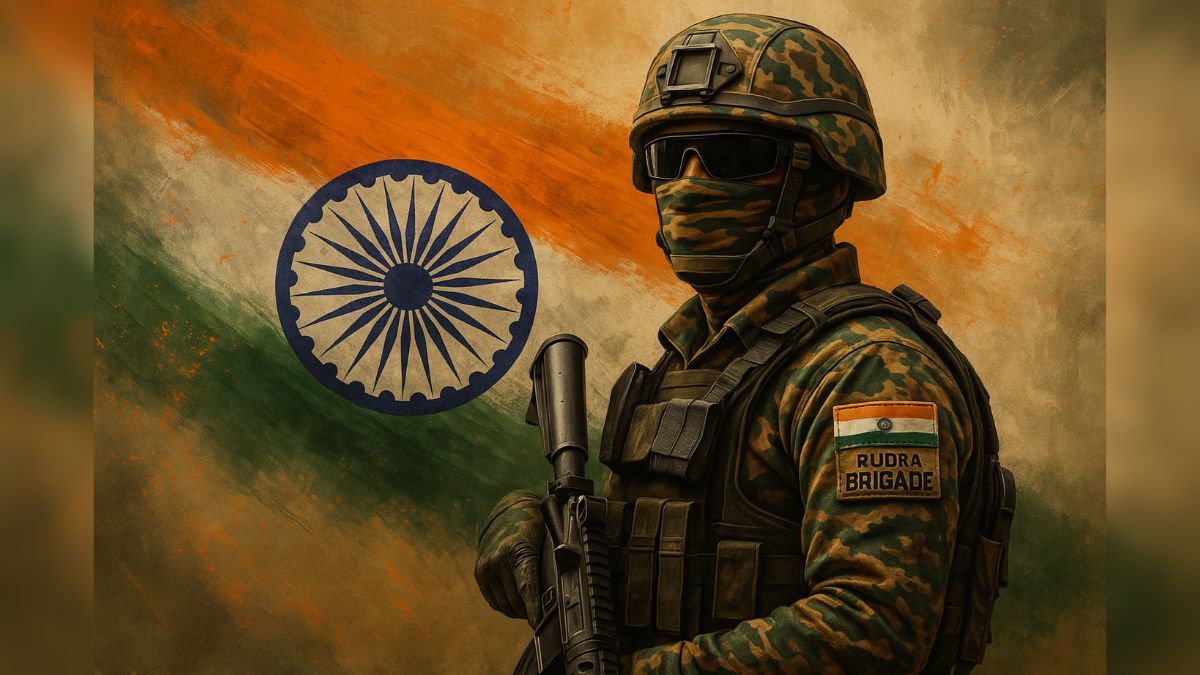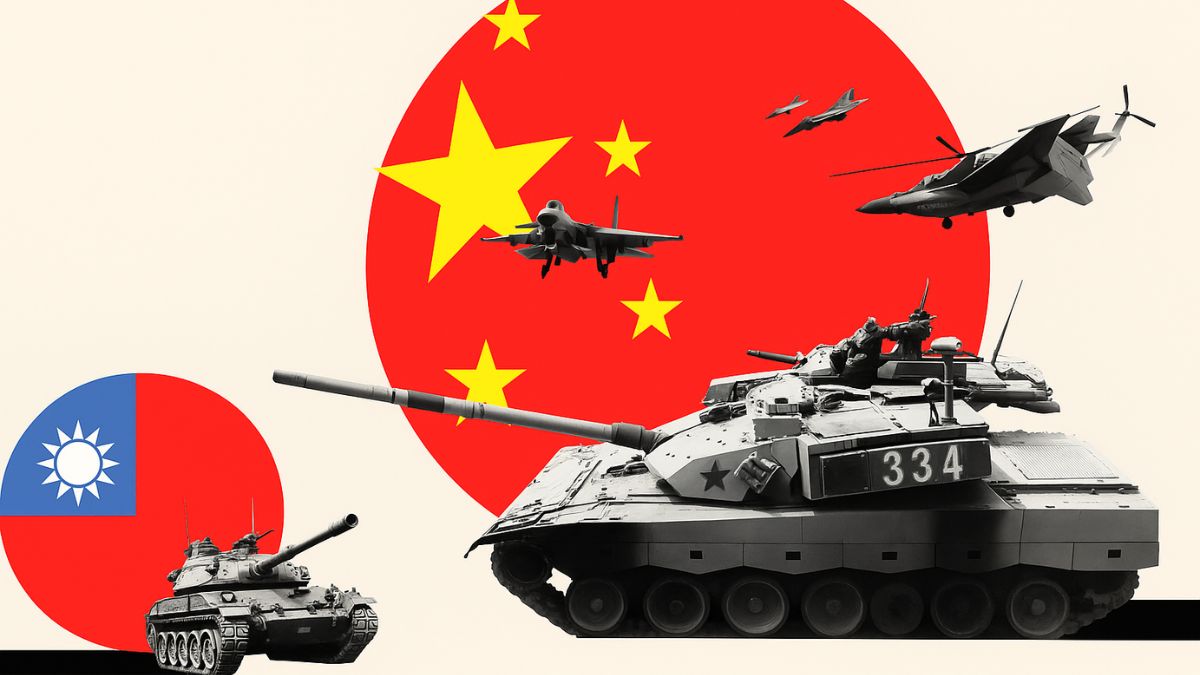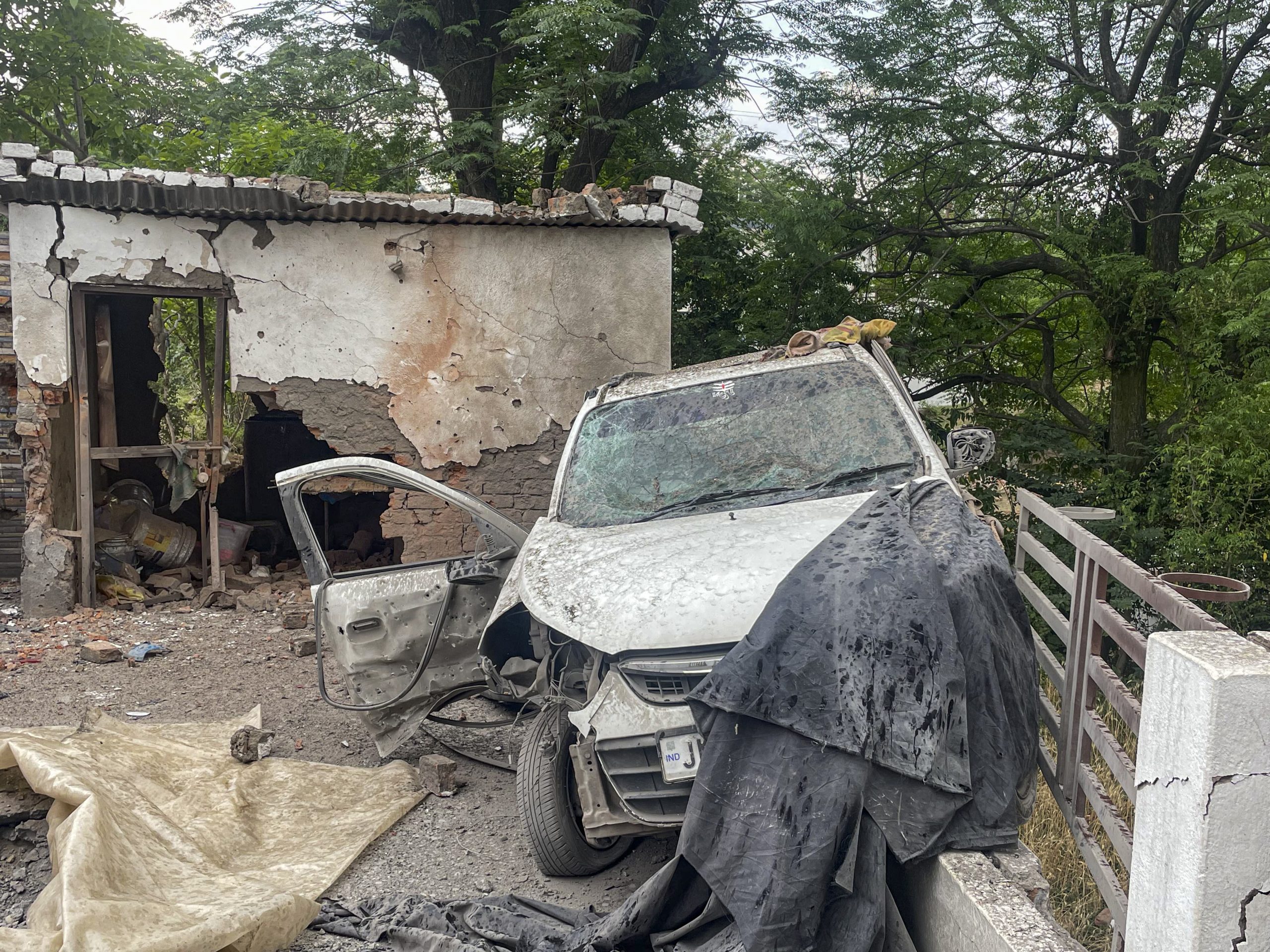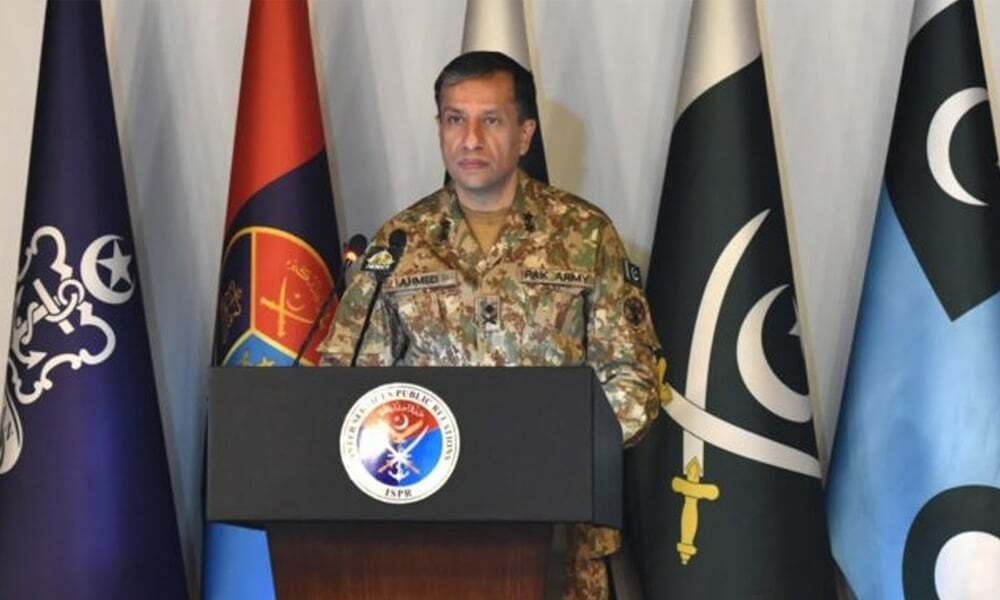How Will India’s Rudra Brigade Shape the Future Battlefield?

The Rudra Brigade's advanced operational autonomy and embedded multi-domain capabilities make it a unique formation. Image courtesy: AI-generated image via DALL-E
The paradigm of warfare is undergoing a change. The recent Operation Sindoor has brought force a number of important lessons, the foremost being how hard you can hit the adversary in the least possible time.
India’s security environment remains volatile, with mounting threats from both Pakistan and China. Future conflicts will likely be short, hightempo, and fought across multiple domains simultaneously. Conventional corps-level mobilisations are slow, often ceding the initiative to adversaries. Recognising this gap, the Indian Army has conceptualised the Rudra Brigade – a lean, agile, and technologically
integrated formation capable of transforming the future battlefield.
Unlike traditional formations, the Rudra Brigade is designed to conduct rapid offensive manoeuvres, neutralise critical enemy assets with precision, and adapt instantly to hybrid threats. This evolution represents a paradigm shift from attrition-based warfare to manoeuvre-centric, network-enabled operations.
Rudra Brigade: a Denovo Look
The Rudra Brigade is a specialised Integrated Battle Group (IBG)-type formation, but with more advanced operational autonomy and embedded multi-domain capabilities. It can fight independently without waiting for large-scale synchronisation, enabling commanders to shape battles proactively. Its likely strength would be around 3000 troops.
Initially it is given to understand that two Rudra brigades are being raised.
Important Features
- Modular Force Structure: Comprising armour, mechanised infantry, Special Forces, artillery, air defence, engineers, cyber/EW cells, and UAV units.
- High Mobility: Equipped with lighter armoured platforms and allterrain vehicles for rapid deployment in diverse terrain, including mountains and deserts.
- Precision Firepower: Long-range artillery, rocket systems, loitering munitions, and swarm drones.
- AI-Enabled Command and Control: Real-time ISR integration through satellites, UAVs, and battlefield management systems (BMS).
This modular approach makes the Rudra Brigade highly adaptable. It can be scaled up or down based on mission requirements.
Technology as a Force Enabler
Modern warfare is dominated by speed, precision, and information. The Rudra Brigade is equipped with technologies that allow it to dominate across all dimensions.
- ISR Integration: Satellites, MALE/HALE UAVs, and ground-based sensors feed data into AI-powered decision-support tools.
- Loitering Munitions & Drone Swarms: These systems provide deep strike capability without risking manned platforms.
- Electronic & Cyber Warfare: Embedded EW units can disrupt enemy communications, GPS, and radars, while cyber teams target enemy networks.
- Predictive Logistics: AI algorithms anticipate ammunition and fuel requirements, reducing logistical delays.
- Modular Force Structure: Comprising armour, mechanised infantry, Special Forces, artillery, air defence, engineers, cyber/EW cells, and UAV units.
- High Mobility: Equipped with lighter armoured platforms and allterrain vehicles for rapid deployment in diverse terrain, including mountains and deserts.
- Precision Firepower: Long-range artillery, rocket systems, loitering munitions, and swarm drones.
Doctrinal Shift: Towards Manoeuvre and Flexibility
The Rudra Brigade signifies a doctrinal shift in Indian Army thinking. Traditionally, India relied on heavy, manpower-intensive corps that required weeks to mobilise. In contrast, the Rudra Brigade is prepositioned near border zones, enabling immediate action in crises.
- Offensive-Defensive Role: It can launch punitive raids or hold key ground until reinforcements arrive.
- Autonomy: Mission-type orders allow field commanders significant decision-making authority.
- Plug-and-Play Flexibility: Additional armour or aviation elements can be attached for specific missions.
This aligns with India’s broader objective of shortening wars by achieving decisive outcomes early.
Case Study 1: Ladakh – Countering Chinese Encroachment
If Chinese forces were to undertake salami-slicing manoeuvres along the Line of Actual Control (LAC), the Rudra Brigade would be central to India’s response.
Operational Concept:
- Rapid Deployment: Airlift and ground move elements into
forward sectors (Depsang, Chumar, Demchok) within 24–48 hours. - ISR Domination: MALE UAVs map Chinese positions; satellite
data is fused in real time. - Pre-emptive Denial: Loitering munitions neutralise Chinese supply
nodes and bridges. - Multi-Axis Thrust: Mechanised infantry seizes tactical heights
while artillery provides precision fire support.
Outcome:
Such rapid, networked operations would deny China the advantage of
surprise and prevent any unilateral change to the status quo.
Case Study 2: Western Front – Punitive Strikes Against Pakistan
On the western border, the Brigade would be instrumental in swift,
shallow thrusts aimed at inflicting high costs without escalating to a fullscale war.
Operational Concept:
- Pre-Conflict Mobilisation: Rudra Brigade elements positioned close to international border sectors (Punjab, Rajasthan).
- Surgical Offensives: Armour-heavy columns penetrate 15–20 km into Pakistan-occupied territory, targeting terrorist launch pads and logistics nodes.
- Air-Ground Synergy: Close air support and helicopter-borne Special Forces exploit gaps created by artillery barrages.
- Cyber/EW Disruption: Enemy communications paralysed during thrust.
Outcome:
Quick punitive operations would provide India escalation dominance, delivering a strong message without inviting major international pressure.
Operational Timelines: Compressed OODA Loops
Future conflicts demand faster decision cycles. The Rudra Brigade’s Observe-Orient-Decide-Act (OODA) loop is compressed through realtime data fusion.
Example: Operational Timeline (Western Front):
- H-24 hours: Pre-positioning of elements, ISR mapping.
- H-6 hours: Loitering munitions strike enemy radars.
- H-3 hours: Mechanised thrust begins, supported by UAV reconnaissance.
- H+3 hours: Key objectives seized; enemy supply lines interdicted.
- H+12 hours: Secure tactical depth, withdraw or hold based on
- strategic intent.
Hybrid Warfare Preparedness
The Rudra Brigade is built for hybrid warfare scenarios where conventional combat merges with information and psychological operations.
- Information Warfare: Dedicated cells counter enemy propaganda and push narratives supporting Indian operations.
- Civil-Military Coordination: Embedded teams coordinate with civil authorities for humanitarian assistance in conflict zones.
- Urban Warfare Capability: Modular units are trained for urban combat, where future conflicts may increasingly occur.
Strategic Impact and Deterrence
By enabling rapid punitive operations, the Rudra Brigade enhances India’s deterrence posture against both Pakistan and China.
- Pre-Emptive Denial: Deters adversaries from launching grey-zone tactics by threatening immediate retaliation.
- Shorter Wars: Quick, decisive actions reduce the duration and intensity of conflicts.
- Regional Power Projection: Demonstrates India’s ability to fight and win limited wars in a nuclear environment.
Challenges Ahead
The Rudra Brigade is not without hurdles:
- Logistics: Rapid operations require airlift capacity and robust supply chains, areas where India must invest further.
- Jointness: Close coordination with IAF and Navy is essential for ISR and air support.
- Indigenous Capability Gaps: Dependence on imported drones and loitering munitions must be reduced.
- Training: Complex operations demand rigorous joint exercises and realistic simulations.
Conclusion: The Future of Indian Land Warfare
The Rudra Brigade represents the Indian Army’s most significant step towards 21st-century warfighting. It is an agile, networked formation capable of dominating across multiple domains and achieving strategic objectives swiftly.
The Bhairav Light Commando Battalions are also being raised. These are lightweight, fast-strike units being raised by the Indian Army to strengthen agility and tactical flexibility along the LoC and other border regions. The first five battalions—each with around 250 specially trained soldiers—should be operational by October 31, 2025. Structured to operate between conventional infantry and elite Special Forces, they represent a key modernization shift toward more integrated, tech-enabled border defence.
As conflicts become more hybrid and time-sensitive, the Rudra Brigade will ensure India is not only able to react decisively, but also seize the initiative when required. By combining speed, precision, and autonomy, it will likely become the centrepiece of India’s future battlefield strategy.
Maj Gen Rajan Kochhar, VSM, retired from the Indian Army, as Major General Army Ordnance Corps, Central Command, after 37 years of meritorious service to the Nation. Alumni of Defence Services Staff College and College of Defence Management, he holds a doctorate in Management and is a reputed expert on defence modernization, logistics and supply chain management. Gen Kochhar, a prolific writer and defence analyst, has authored four books and over 200 articles in journals of repute, and invited as an expert commentator by various news TV channels. His latest book, “Breaking the Chinese Myth” is a best seller on Amazon. He is a Senior Adviser with Defence Research and Studies and Indic Research Forum and Member, Manohar Parikkar Institute of Defence and Strategic Analyses, New Delhi, United Services Institution and Centre for Joint Warfare Studies, New Delhi.
Disclaimer: Views expressed in the above article are personal and solely those of the author. They do not necessarily reflect RNA Media’s views and/or stance on any issue.







